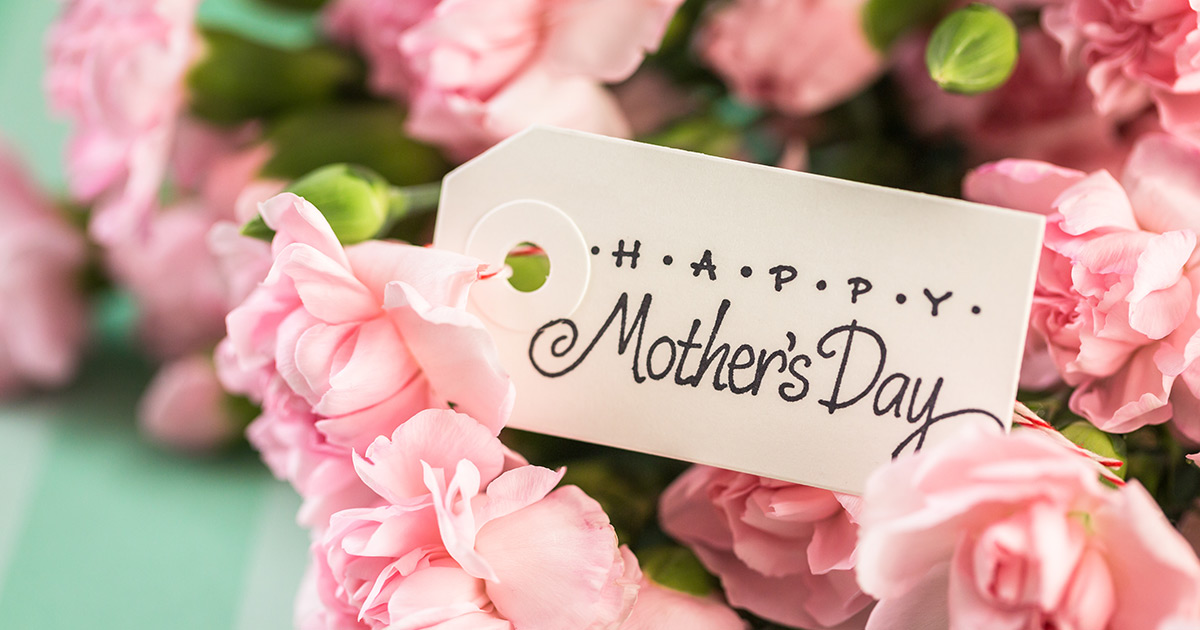
Mother’s Day, an international holiday inspired by American social activist Anna Jarvis, is celebrated on the second Sunday of May in the United States and on various dates in other countries. I had the opportunity to interview a diverse group of Issaquah Highlands neighbors to learn about Mother’s Day traditions from around the world.
France
When talking to neighbor Aline Bloch, about Mother’s Day in France, it was interesting to learn the holiday usually falls on the last Sunday in May. Mothers are honored with flowers and celebrations that include family meals, often prepared at and held at home.
“Little kids usually make a handmade gift at school for moms, like noodles necklaces, clay projects, and cards,” Aline said.
As with every celebration in France, opening a bottle of champagne is part of the festivities.
United Kingdom
Jo Mockford provided a different perspective on how the United Kingdom celebrates Mother’s Day. The holiday is held annually on the fourth Sunday of Lent and is called Mothering Sunday.
Historically, Mothering Sunday was a church-led tradition for family reunions, particularly for children working as domestic servants or as apprentices (they were given the day off to visit their mother and family). Today, mothers are honored with spring flowers, cards, small gifts, and a lunch. Usually, moms are given the day off from the kitchen, and dads do most of the cooking.
Jo mentioned it is only recently in the U.K. that the day has morphed into modern Mother’s Day and has become more commercialized with store-bought cards and bigger presents.
Japan
Neighbor Nozomi Miyazawa, who is Japanese, says Japan imported the Mother’s Day holiday from the U.S. In Japan, people celebrate Mother’s Day on the same day as in the U.S., and kids give moms carnations. While the traditional Mother’s Day flower is white carnations, Japanese people mainly choose red or pink carnations. In Japanese culture, red symbolizes love, and pink is associated with appreciation and a warm heart.
South Korea
Similar to Japanese culture, Korean neighbor Eun Jung Choi mentioned Mother’s Day in South Korea was modeled on Mother’s Day in America but is always observed on May 8. While the South Korean holiday started as Mother’s Day only, in the 1930s it converted to Parents’ Day, a day to honor both parents.
While the holiday originated with giving traditional red carnations, today children give their parents baskets and bouquets of different color carnations (red still being predominant) and preparing a celebratory gift. It is important to note that in South Korea, yellow and white would not be colors of choice as yellow carnations symbolize contempt, and white carnations are “only given in remembrance to one’s late parents, not to the living,” Eun Jung said.
Eun Jung emphasized the format of the celebration doesn’t matter, the day is about enjoying time together and eating food the parents like.
Arab-Majority Countries
Nada Alwarid provided a perspective on how Arab-majority countries celebrate Mother’s Day, where the holiday falls on March 21. On this day, Arabic mothers are honored similarly to American mothers, with phone calls, flowers, gifts, a special meal, or perhaps an outing. In the Muslim tradition, mothers are always held in the highest esteem.
“The Prophet Muhammed has said, ‘Paradise lies under mothers’ feet’, meaning to reach paradise, one needs to be good to their mother,” Nada said. Nada added the Quran honors mothers with special mentions in different verses.
Ethiopia
Kimberly Kapustein offered a perspective about how Mother’s Day is celebrated in Ethiopian culture. In Ethiopia, Mother’s Day is a three-day celebration during the rainy season in mid-fall. The three-day feast is called Antrosht. Ethiopians celebrate by making their way home when the weather clears for a large family meal and three-day celebration. For dinner, children will bring ingredients for a traditional hash recipe. The components are divided along gender lines, with girls providing butter, cheese, vegetables, and spices while men and boys bring beef or lamb. The mother prepares the hash and serves it to the family.
After the meal, a celebration takes place where mothers and daughters ritually anoint themselves with butter on their faces and chests. They dance while the men sing songs in honor of family and heroes. This cycle of feasting and celebration also includes a special punch.
In Ethiopian culture, if someone cannot celebrate with their actual mother for any reason, there is always a surrogate mother – a “big sister,” “play auntie,” “God mama,” or cousin – who could help.
“Those connections run long and deep,” Kimberly said. “Some of the most significant roles in their community are female, and the matriarch is one they respect the most.”
After speaking to neighbors who represent various cultures, it is clear to me the roles and work of moms are acknowledged, honored, and appreciated in many countries, in big ways and small. This Mother’s Day, let us embrace our mothers and encourage diverse celebrations.
Adriana Stamenova is a Daphne Park resident.









